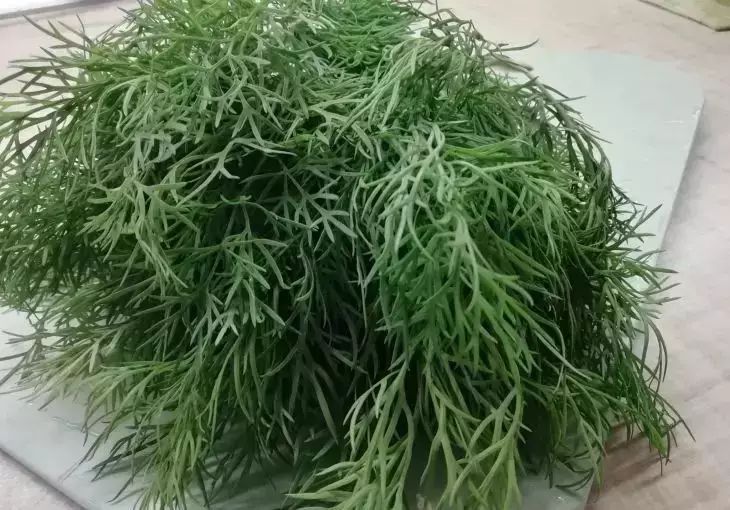Gardeners enjoy growing dill, which is used in cooking and also has many health benefits.
To ensure that the dill harvest is tasty and healthy, dill needs to be fed properly.
Rules for caring for dill
Dill is an unpretentious crop that will delight you with a lush harvest of healthy greens if you follow simple care rules.
Preparing the soil
Dill loves fertile soil, and before sowing dill, it must be prepared by adding organic fertilizers: humus or compost.
This will help the plant to receive nutrients in full.

Watering dill
The plant must receive sufficient water to maintain juiciness and lushness.
However, there is a danger of over-watering, which can lead to root rot.
Fertilizers for dill
Dill will grow faster and be more lush if you use mineral and folk fertilizers.
You can add ammonium nitrate or potassium sulfate to the soil to help dill get the nutrition it needs to grow.
It is useful to use potassium or sodium humate. Additives are added so that dill can better absorb nutrients.
Nettle infusion
Another useful fertilizer for dill is nettle infusion.
Weeds will be beneficial to dill and will help it obtain nitrogen, potassium and iron, which are important for a healthy harvest.
To prepare an infusion based on nettle, you need to pour boiling water over fresh or dry leaves of the plant and let it brew for several hours.
Then the prepared infusion should be diluted with water – 1 liter per 10 liters of water – and the soil around the plant should be watered.
To fertilize dill, use both folk and ready-made fertilizers in accordance with the recommendations.








